What are cleanroom lights
Cleanroom lights are used to create well-illuminated environments that can enhance workplace satisfaction and positively impact organizational productivity while maintaining excellent particle emission behaviors for cleanroom applications. A cleanroom is a space where the concentration of airborne particles is controlled to specified limits. It is constructed and used in such a way as to minimize the introduction, generation and retention of microscopic contaminants. The microscopic contaminant can be a speck of dust in a semiconductor or microelectronics manufacturing facility which would ruin millions worth of miniature circuits or microchips. It could be a bacterium in an operating room that can increase infection or pose a health hazard to a patient. It could also be an organism, such as a microbe, which affects bacterial growth in the preparation of biological, pharmaceutical, and genetic products. Atmospherically controlled processing and laboratory environments are a critical demand in manufacturing, precision engineering, packaging, food production, research, laboratory work and medical applications.
Cleanroom classifications
The industry differentiates between cleanrooms by referring to class numbers. Depending on the particulate count and size found in a cubic meter of air, a cleanroom can be designed and built to an ISO 1 through ISO 9 classification as per standards set forth in ISO 14644 (Cleanrooms and controlled environments-Part 1: Classification of air cleanliness, and Part 2: Specifications for testing and monitoring to prove continued compliance with ISO 14644-1). The higher the class number, the higher the degree of airborne contamination. An ISO 6 cleanroom, for example, is defined as having less than 35,200 particles that are 0.5 micron or larger in size within a cubic meter of air, whereas an ISO 7 cleanroom is designed to limit particles of 0.5 micron or larger to 352,000.
ISO 14644 Standards were first formed from the United States (U.S.) Federal Standard FED-STD-209 E (Airborne Particulate Cleanliness Classes in Cleanrooms and Cleanzones) which categorizes generic cleanrooms by a series of classifications from Class 1 to Class 100,000 based on how many particulates of specific sizes exist in a cubic foot. FED-STD-209 E has been canceled and superseded by ISO 14644. For reference, the FED STD 209 E Class 1, Class 10, Class 100, Class 1,000, Class 10,000, and Class 100,000 cleanrooms are equivalent to ISO 3, ISO 4, ISO 5, ISO 6, ISO 7, and ISO 8 cleanrooms, respectively.
Atmospheric control
The only way to create a cleanroom environment is through atmospheric control which involves tight regulation of temperature, humidity, electrostatic discharge, airflow pattern and rates, pressurization, and specialized filtration. Cleanrooms are normally maintained at a positive pressure which is achieved using a HVAC (Heating, Ventilation, Air-conditioning) system. The HVAC system supplies a greater volume of filtered air that forces particulates out of the cleanroom and limits exterior particulates from being drawn into the room from adjacent spaces. Cleanrooms typically use high-efficiency particulate air (HEPA) or ultra-low penetration air (ULPA) filters to maintain specific levels of particulate-free air. Both HEPA and ULPA filters belong to the interception family of filters (absolute filters) which use glass fiber paper technology. The level of atmospheric control may often vary depending on the tasks involved and the requirements from the governing authorities, agencies, standards or codes such as (GMP) Good Manufacturing Practice Guidelines, (FDA) Food and Drug Administration, (HACCP) Hazard Analysis Critical Control Point Regulations, EU Pharmaceutical Regulation, and (EAGDG) European Hygienic Engineering and Design Group.
Cleanroom lighting requirements
Equally strict requirements fall upon lighting. It is essential that light fixtures do not contribute to the cleanroom particle count. The P442 protocol issued by NSF International specifies a series of minimum requirements for the design, construction, performance and certification of cleanroom lights. For cleanroom lighting all products must be constructed and finished to minimize the possibility of dirt and bacteria buildup while adapting to the airflow, pressurization and temperature behaviors of a cleanroom.
Cleanroom lights must have high IP (ingress protection) performance so that the fixtures meet the requirements of hygienic facilities. An IP65 rating is usually the minimum requirement for luminaires subject to routine cleaning with water. To maintain the high IP rating in positively or negatively pressurized environments, a pressure equalization mechanism should be built into the sealed enclosure of a luminaire. All exposed parts should be made from extremely robust materials that can withstand the most stringent cleanliness standards and cleaning protocols, including those that involve the use of caustic cleaning agents and disinfectants.
Cleanroom light fixtures are available in the flush lay-in (recessed), surface mount and suspended types. The design of recessed ceiling fixtures (troffers) must lend itself to easy and reliable sealing of the ceiling so as to prevent the flow of air between the plenum space and the controlled environment. The fixture housing and gasket must mate to ceiling structure with such consistency that both the ingress and egress of moisture, dirt, dust, fungus, bacteria and other contaminants are completely impeded.
The compelling benefits of switching to LED technology
Cleanroom lighting is being redefined by solid state light sources. The profound efficiency, performance, design and application benefits enabled by LED lighting fueled a massive market adoption of LED cleanroom lights. In most facilities with ceilings less than 20 feet high, cleanroom lighting had been an almost exclusive province of fluorescent lighting systems taking the form of troffer fixtures. Compared with LEDs, the limitations of fluorescent lights are there for all to see.
Huge energy savings and reduced maintenance costs from the use of LEDs with their extended lifetime leave fluorescent lights standing in the dust. Flicker, which can reduce visual performance and altered perception of moving objects, is a more common problem with fluorescent lighting. Oftentimes the color rendering accuracy of fluorescent lamps is traded for efficacy, making them undesirable in color critical cleanroom applications. Fluorescent lamps also have cold startup issues at below-freezing temperatures. LED lighting overcomes the limitations and inefficiencies of the fluorescent counterpart and offers energy savings beyond just improvements to light source efficiency as well as a host of value-added features.
Optical design and fixture construction
LED cleanroom lights can take various forms thanks to the design flexibility offered by LEDs. To support uniform lighting and maximum spacing, the majority of LED cleanroom lights have a large light emitting surface (LES) and are designed either as backlit or edge-lit systems. The backlit LED systems have an optical architecture similar to lensed fluorescent troffers. A light engine which assembles an array of mid-power LEDs on a metal core printed circuit board (MCPCB) maintains a direct distribution in the downward direction. Backlit systems are simple in design, but a substantial depth must be provided to soften the harshness of LEDs.
An edge-lit LED panel light makes use of a hybrid optical system in which a light guide panel (LGP) sits between the top reflector and bottom diffuser. The LGP transports light emitted by the LEDs that are mounted alongside the aluminum frame of the luminaire through total internal reflection (TIR) and distributes light uniformly across the entire surface of the panel through the matrix of interruption points. The edge-lit design allows to create a surface emission device that delivers soft, pleasant, and homogeneous illumination in an ultra-thin profile. Lighting needs to supply optimal visual conditions in workspaces.
Quality cleanroom lights offer glare free illumination for optimal visual comfort. Louvre or prismatic optics may be incorporated into optical systems to improve the unified glare rating (UGR) of a cleanroom light. LED cleanroom lights are constructed from cold rolled steel, aluminum or stainless steel. The metal housing also serves as the heat sink for the LEDs. For LEDs to perform to their full potential in terms of luminous efficacy, lumen maintenance and color stability, it is essential that the cooling capacity (the volume of heat flow influenced by conduction and convection) of the housing matches the applied power load. Steel and aluminum housings must undergo a cleaning and pretreatment process (anodizing or chromating for aluminum, phosphate treatments for steels) which creates a corrosion resistant substrate.
Color quality
LED cleanroom lights come in an extensive range of wattages with luminaire efficacy exceeding 100 lumens per watt. Most cleanroom lights operate at 3000K to 5000K. Tunable white LED cleanroom lights that allow you to adjust the color temperature of light from warm white to cool white are increasingly in demand for human centric lighting applications which reinforce human wellness and productivity. The color rendering index (CRI) of the LEDs fall in 80s or 90s depending on the applications. Higher CRI LEDs have a lower luminous efficacy due to the intensive Stokes shift that transforms a large amount of shorter wavelength (blue) light to longer wavelength light. However, the more balanced spectral power distribution (SPD) of high CRI LEDs allows to more accurately measure color, which is critically important in applications and tasks involving color evaluation.
Cleanroom lights are also available in color options that target specific spectral bandwidths for the purpose of preventing damage to light-sensitive materials, increasing productivity or effectiveness, or improving visual performance. The narrow spectrum amber light, for example, is used in semiconductor manufacturing and nanotechnology research applications to prevent photosensitive processes from being affected due to exposure to the shorter wavelength radiant energy found in white light sources.
LED driver
One critical aspect to consider on the efficiency, performance and reliability of an LED cleanroom light is the driver. An LED driver converts commercial AC power into DC power and regulates output to provide a constant current to the LEDs. A robust power conversion topology must be implemented to ensure circuit efficiency, dimming performance, and tight load regulation under wide temperature and electrical ranges. The ripple value is a clear performance marker for LED drivers used in cleanroom lighting applications. Excessive output ripple can lead to lighting artefacts, i.e., flicker and stroboscopic effects.
LED drivers are typically designed as switching power supplies which can generate electromagnetic interference (EMI). EMI must be depressed as its presence can negatively affect the performance of sensitive electronic equipment used in cleanrooms. Dimming is frequently used as a lighting control strategy in commercial and industrial buildings to maximize energy savings. Many drivers allow CCR or PWM dimming of the connected LEDs and accept control input through an interface which is typically 0–10V DC or digital addressable lighting interface (DALI).

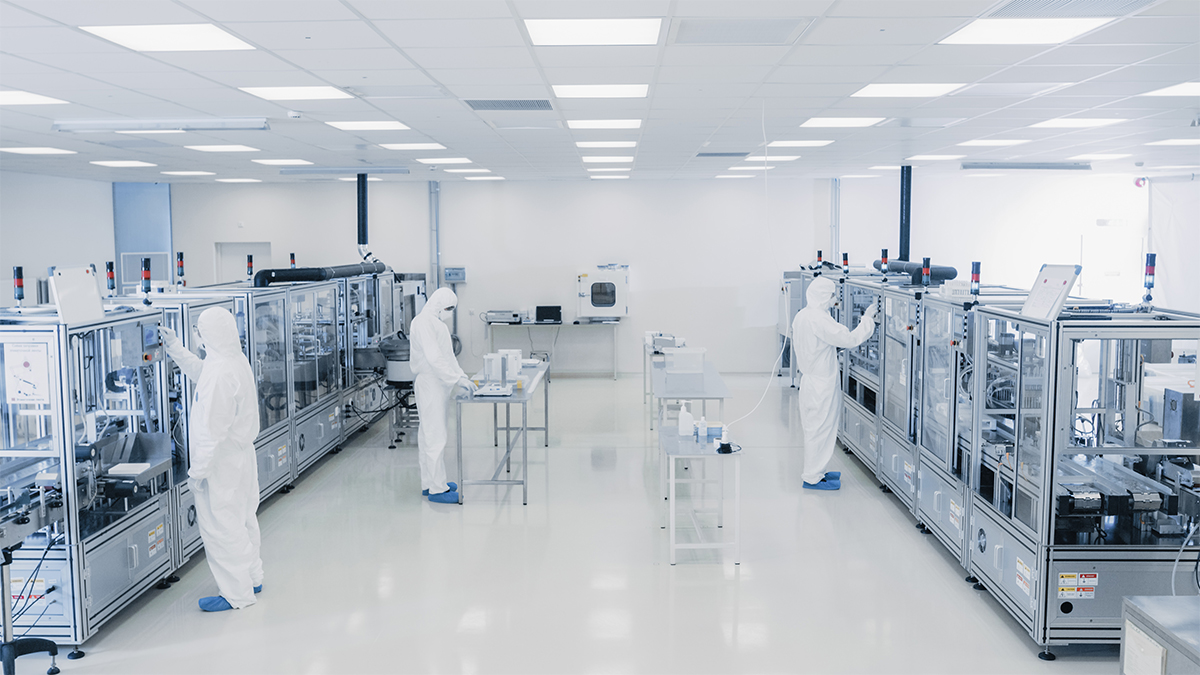
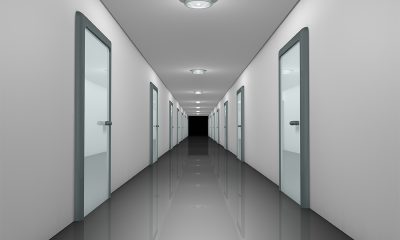
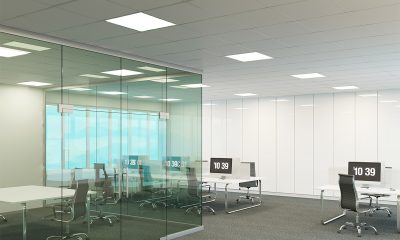
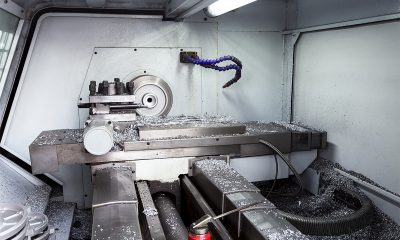
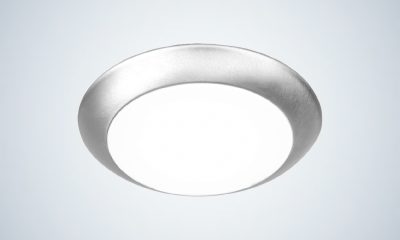
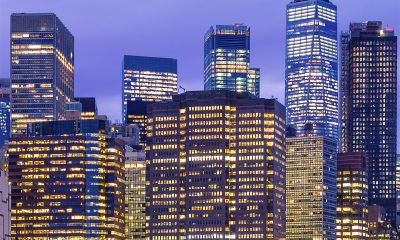
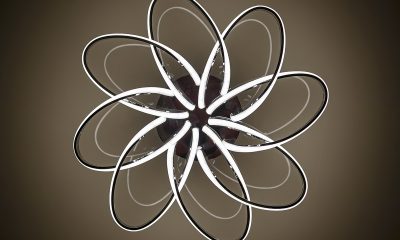
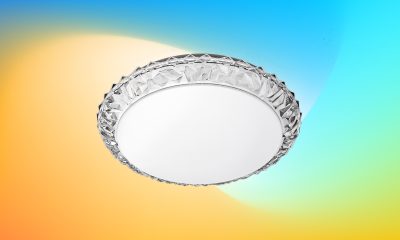
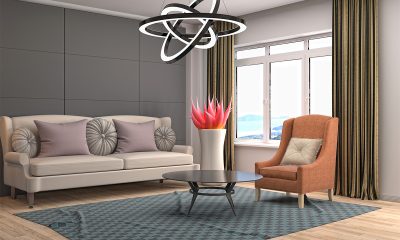
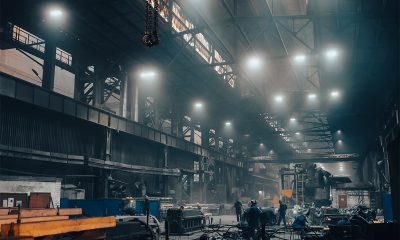
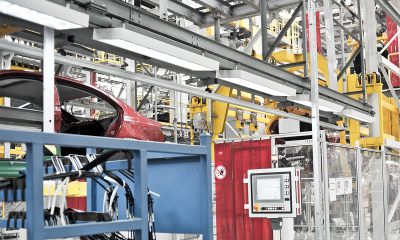
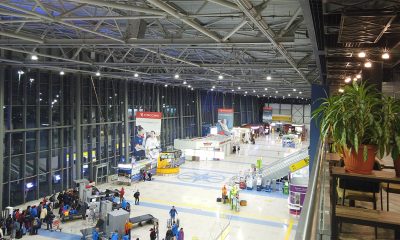
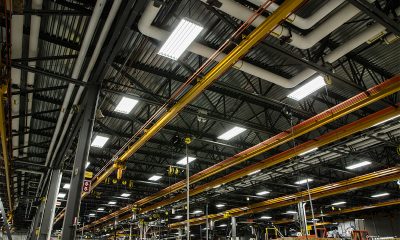





Loading...